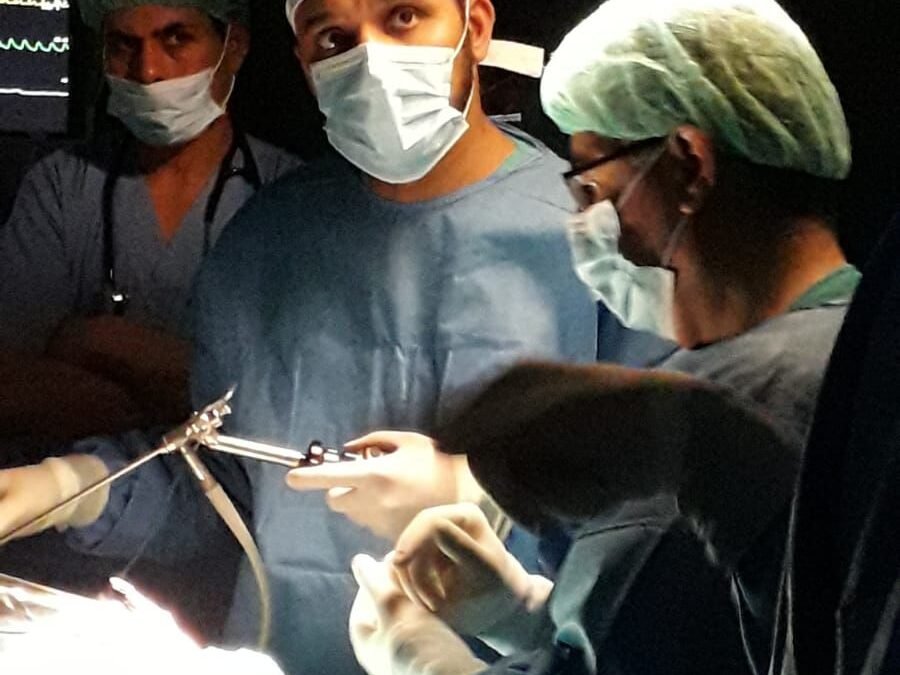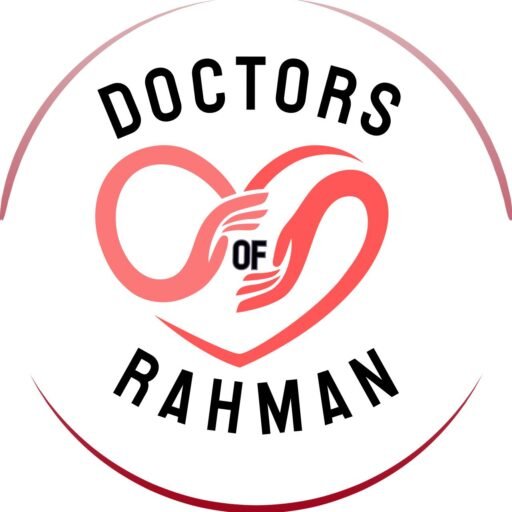Project: Gaza
Gaza: A Historical Overview
The Gaza Strip, a small region along the eastern coast of the Mediterranean Sea, has been a focal point of historical significance for centuries. This narrow stretch of land, measuring about 25 miles long and 7 miles wide, is home to a dense population of over 2 million people. Historically, Gaza has seen numerous civilizations rise and fall, from the ancient Egyptians and Philistines to the Ottomans and British. Today, Gaza is predominantly inhabited by Palestinians, many of whom are refugees from the 1948 Arab-Israeli conflict.
As of the latest demographic statistics, Gaza’s population comprises approximately 1.02 million men, 1.01 million women, and around 1 million children under the age of 18. This young and vibrant population has struggled with limited resources and a blockade that has significantly impacted their daily lives and economic opportunities.
The Humanitarian Crisis in Gaza Since October 7th, 2023
On October 7th, 2023, a new wave of conflict erupted, leading to devastating bombardments of Gaza by Israeli forces. This conflict has resulted in catastrophic loss of life and widespread destruction. As of now, it is estimated that 40,000 people have died, including 15,000 children. The scale of the tragedy is immense, with entire families being wiped out and communities being decimated.
Destruction of Infrastructure and Social Fabric
The bombardment has not only taken a heavy toll on human lives but has also led to the systematic destruction of Gaza’s infrastructure. Both university campuses in Gaza have been completely destroyed, depriving young people of critical educational opportunities and a pathway to a better future. This loss is a significant blow to a society that values education and has historically prided itself on academic achievements despite numerous adversities.
Furthermore, all hospitals in Gaza have been obliterated, leaving the wounded and sick with nowhere to turn for medical aid. The destruction of medical facilities has exacerbated the humanitarian crisis, as emergency care, surgeries, and basic medical treatments are no longer available. This complete annihilation of health infrastructure is contributing to the breakdown of social order and the exacerbation of suffering among the population.
The ongoing conflict and destruction are contributing to a complete social breakdown in Gaza. With educational institutions in ruins and medical facilities obliterated, the prospects for recovery and rebuilding are bleak. The social fabric of Gaza, already strained by years of blockade and intermittent conflict, is being torn apart, leaving its people in dire need of international aid and support to survive and rebuild their lives.

Strengthening Medical Education: A New Partnership Between Doctors of Rahman and Pakistan
On September 6th, 2024, a significant step was taken in advancing medical education for students in Gaza. Dr. Yousufuddin Shaik and Dr. Nadeem Ahmed, representing Doctors of Rahman, met with Pakistan’s Deputy Prime Minister, Mr. Dar, and Dr. Faisal, the Pakistani...

A Collaborative Neurosurgical Mission: Enhancing Patient Care & Training at EGH
A Collaborative Neurosurgical Mission: Enhancing Patient Care and Training at EGH From November 3-7, 2019, a dedicated team from Birmingham Hospital, UK, embarked on a five-day mission to the Neurosurgery (NS) Unit at EGH, with the primary goal of strengthening local...
